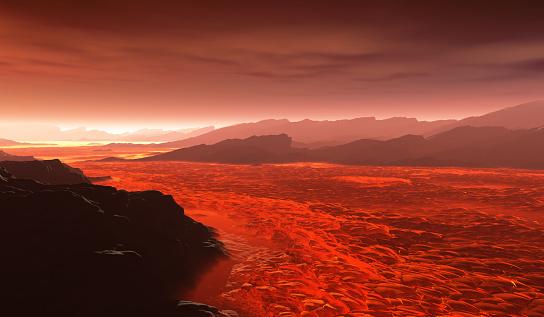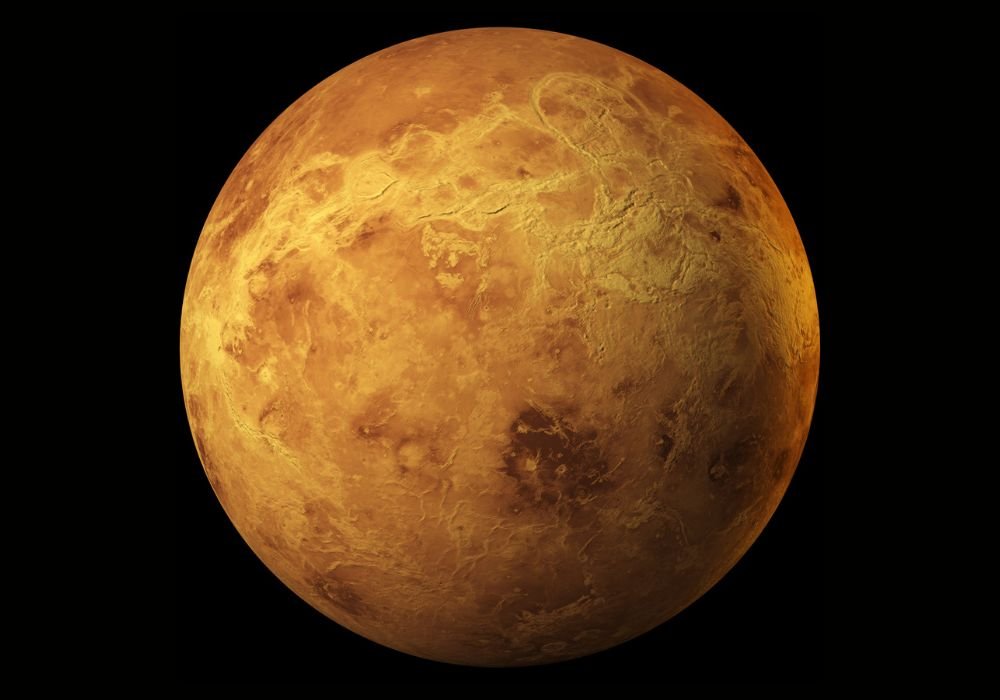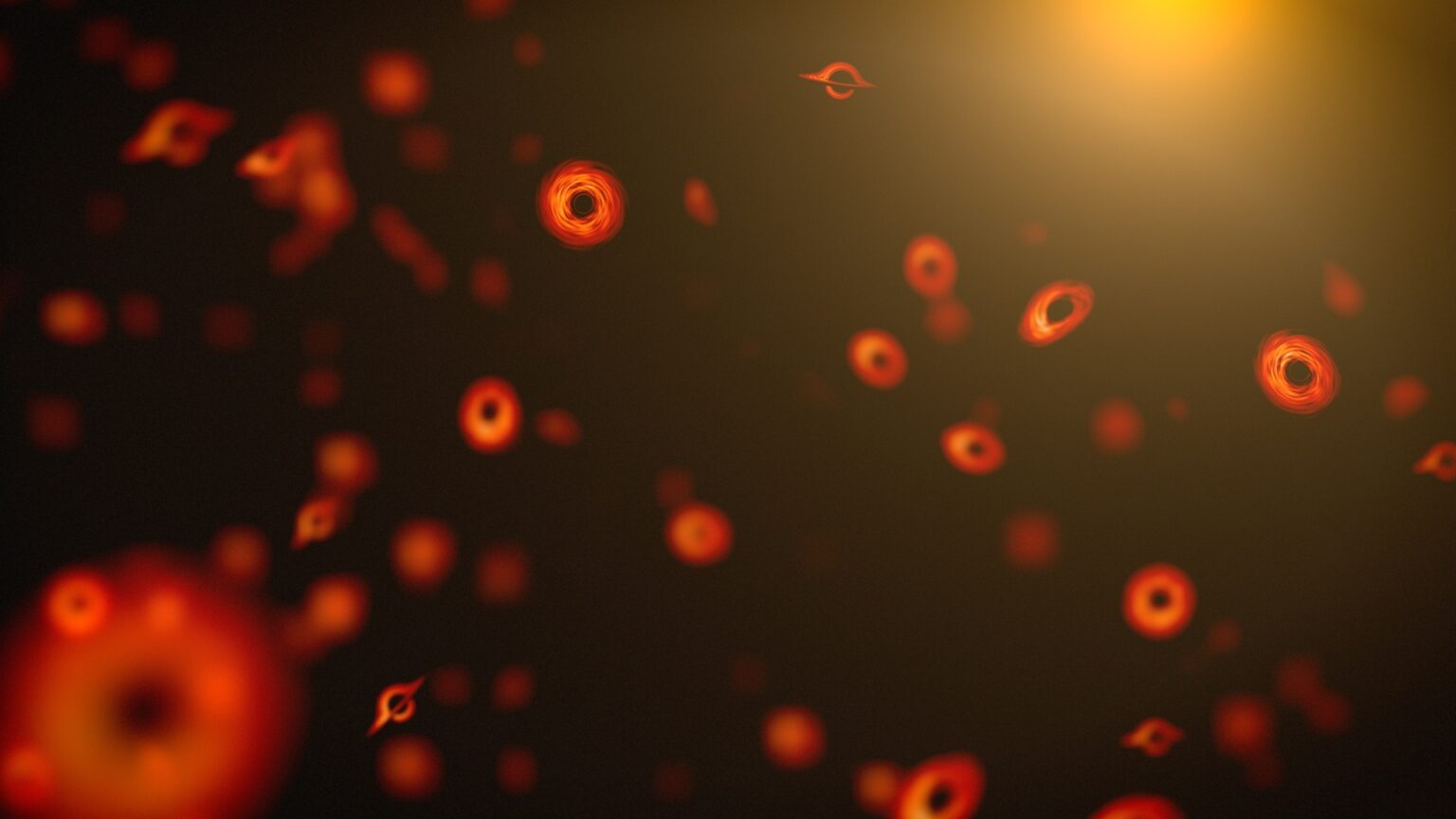A team of scientists led by researchers from Brown University in Providence, USA, investigated the atmosphere of Venus, discovering the abundance of molecular nitrogen (N2), carbon dioxide (CO2) and surface pressure in the atmosphere of our sister planet. can only be explained as a result of the movement of tectonic plates.
Tectonic activity is a geological process that is fundamental to the existence of life and consists of the movement of the planet’s tectonic plates colliding and sliding beneath each other, just as occurs on Earth.
On our planet, this process accelerated over billions of years, leading to the formation of new continents and mountains and chemical reactions responsible for the long-term climate stability that enabled the emergence of life. Venus followed the opposite path, and so far there is no evidence of plate tectonics on its surface..
How did the research combine atmospheric and geological models on Venus?
The first goal of the study was to show that the atmospheres of distant exoplanets could serve as markers of their early history. Shifting his focus to Venus, “the least understood of the rocky planets” The researchers used recent data from its atmosphere as an endpoint in their long-term models of thermal-chemical-tectonic evolution.
The initial hypothesis was that the second planet in the Solar System did not always have a quiescent cap, that is, a single tectonic plate with sufficient movements to create chemical reactions in the atmosphere. But the team soon realized that the simulations recreating the atmosphere did not “match” the amount of N2 and CO2 present in the atmosphere or the surface pressure (the weight of the air layer).
They then simulated What would have had to happen in the past for the planet to reach its current location exactly? These numbers were reached only when testing the existence of a tectonic movement lasting at least a billion years at the beginning of Venus’ history and then testing the current quiescent cap model.
Conclusions on the existence of tectonic plates on Venus

“One of the general conclusions is that it is very likely that we have two planets in the same solar system at the same time,” said study lead author Matt Weller, who completed his postdoctoral work at Brown. Operating in the plate tectonic regime, tectonic mode identical to the life we see on Earth today”.
In addition to strengthening the possibility of microbial life on ancient Venus, the research concluded that Earth and its neighbor (which have nearly the same size, mass, density and volume) share more similarities than previously thought.
The research also showed for the first time that the atmosphere may be the best way to understand part of the ancient history of planets.
Stay up to date with the latest astronomical research at TecMundo. If you wish, have the opportunity to see the 1 billion year old tectonic plate displacement.
Source: Tec Mundo
I’m Blaine Morgan, an experienced journalist and writer with over 8 years of experience in the tech industry. My expertise lies in writing about technology news and trends, covering everything from cutting-edge gadgets to emerging software developments. I’ve written for several leading publications including Gadget Onus where I am an author.












